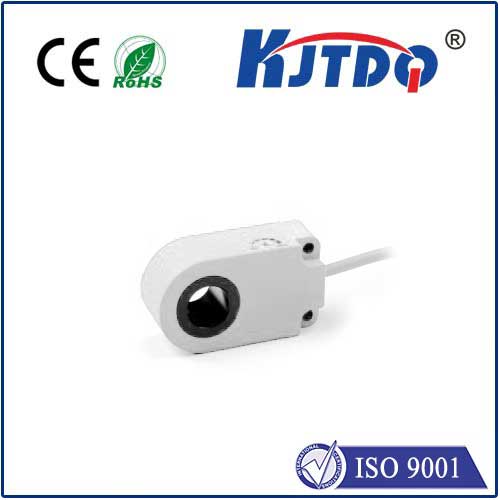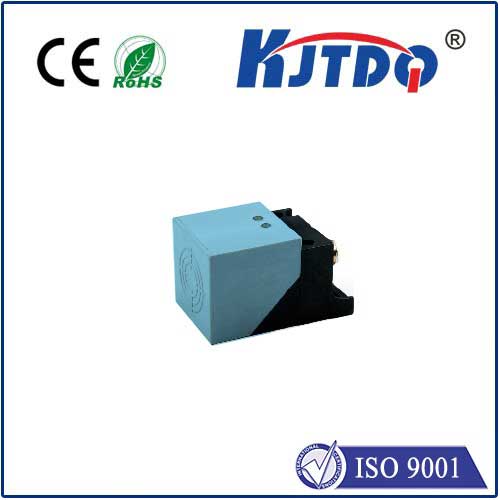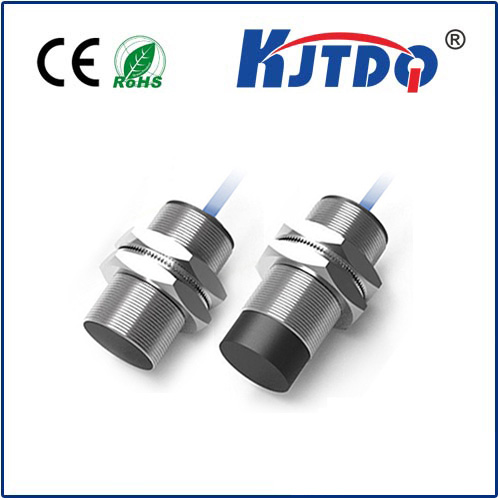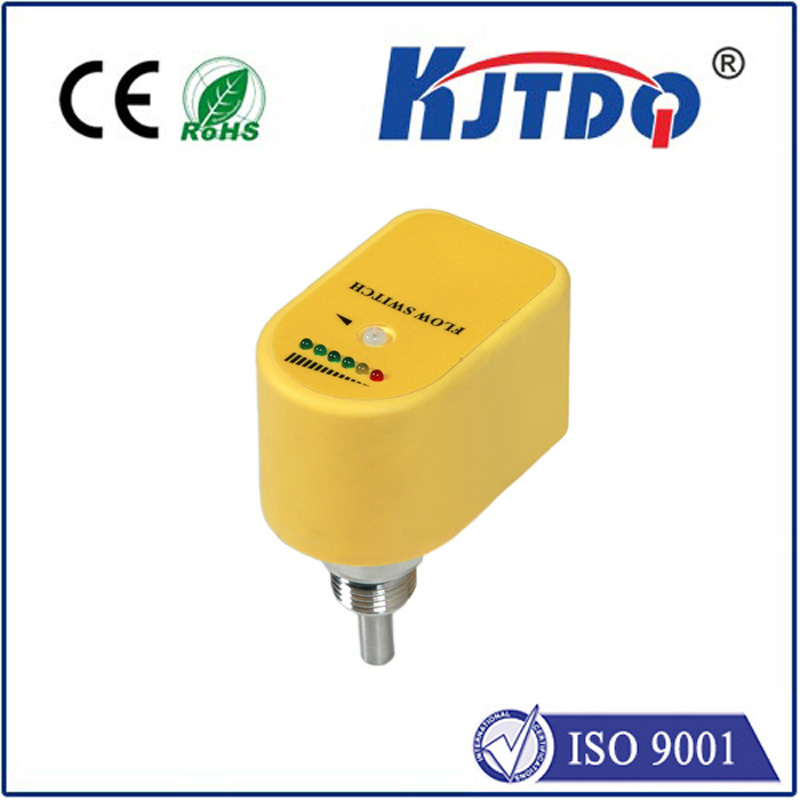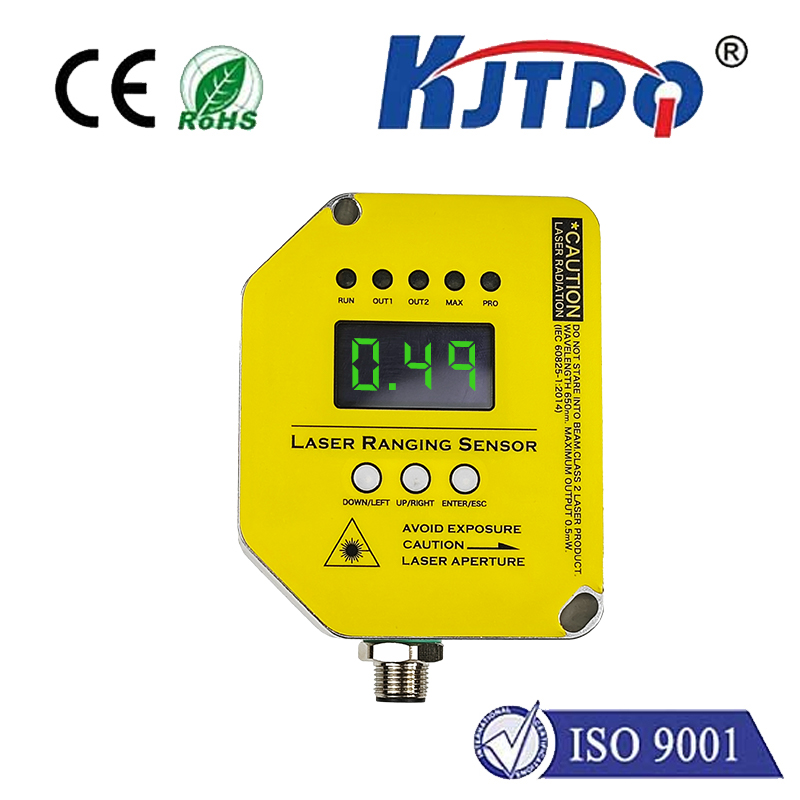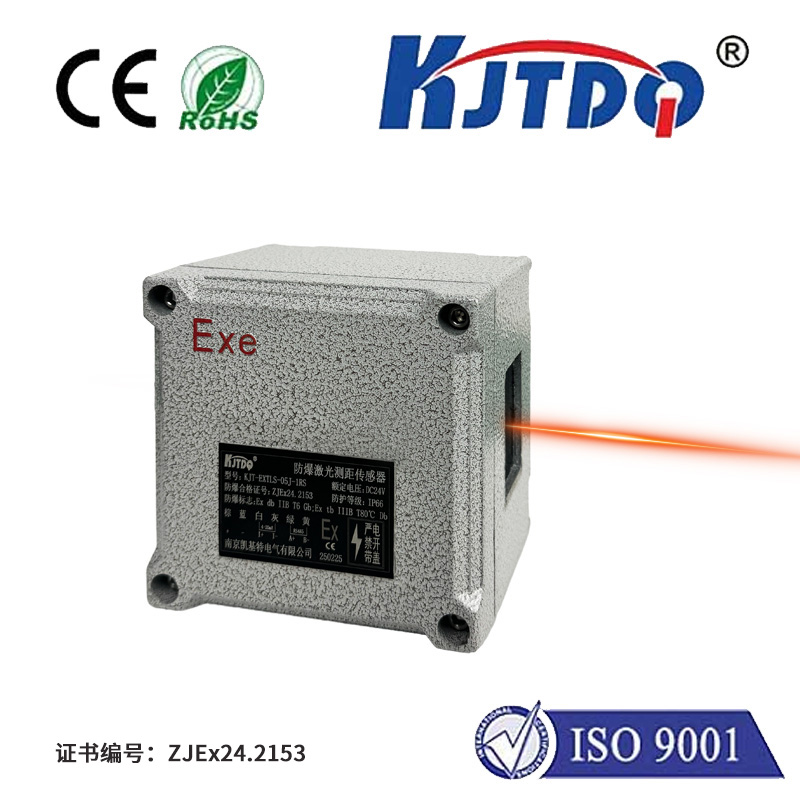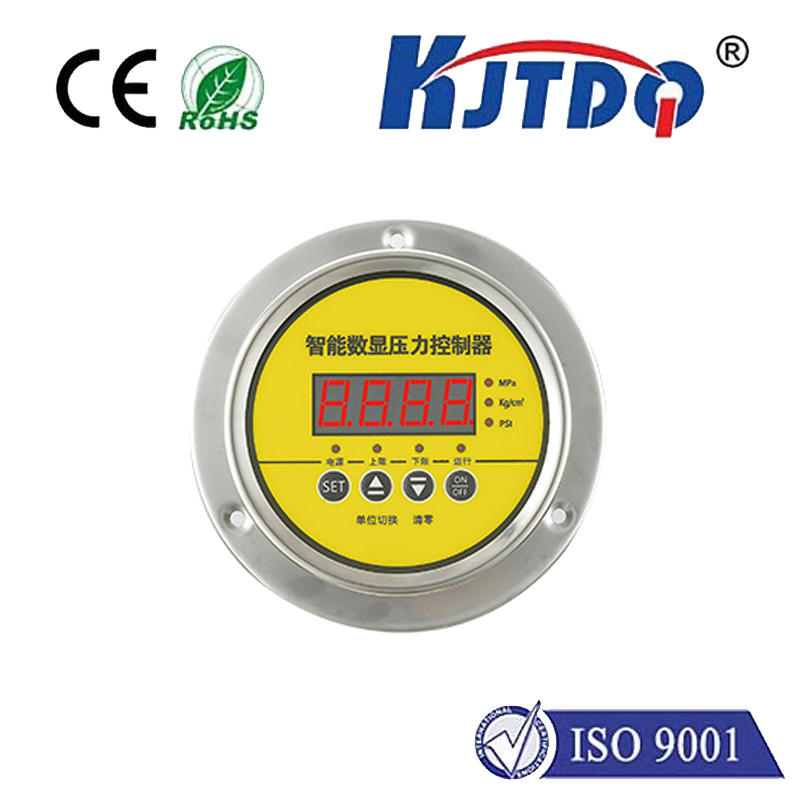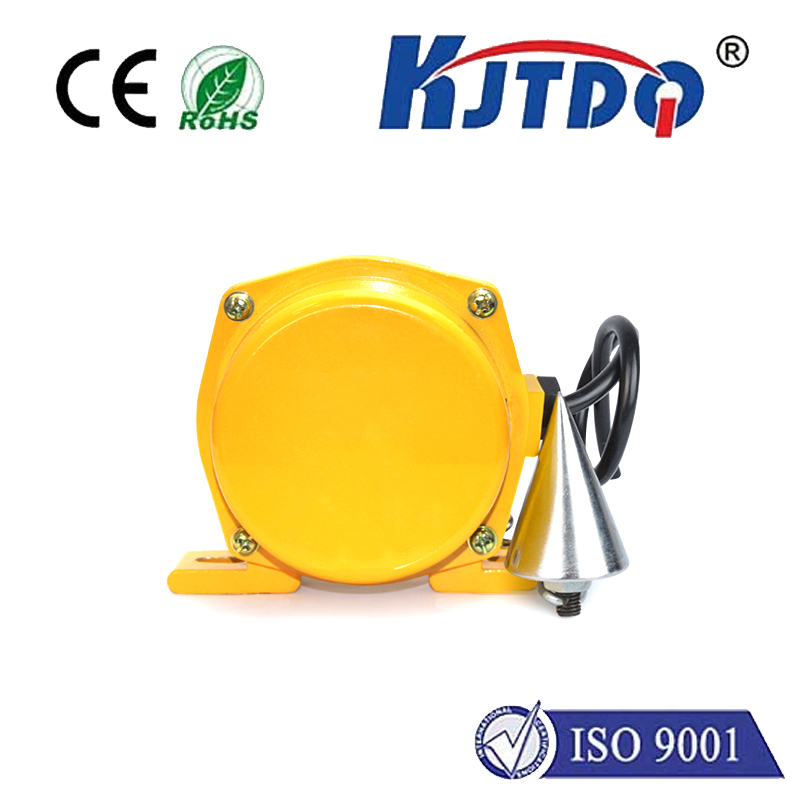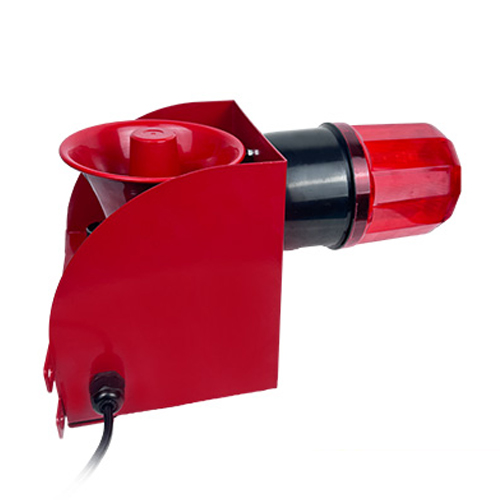e18 d80nk proximity sensor
- time:2025-06-26 00:40:56
- Нажмите:0
E18-D80NK Proximity Sensor: Your Affordable and Reliable Solution for Object Detection
Imagine a machine flawlessly stopping just millimeters before crushing an object, a robot navigating a cluttered room without bumping into walls, or an automated conveyor system instantly detecting missing components. At the heart of countless everyday industrial and hobbyist applications lies a simple, powerful, and remarkably affordable component: the E18-D80NK proximity sensor. This compact infrared photoelectric sensor is a cornerstone for reliable object detection, obstacle avoidance, and presence sensing across a vast spectrum of projects.
Demystifying the E18-D80NK: How Does It Work?
At its core, the E18-D80NK is an infrared (IR) photoelectric proximity sensor. It operates on the principle of modulated light reflection. Here’s the breakdown:
- IR Emission: An internal infrared LED emits a beam of modulated light. Modulation (rapidly switching the beam on and off at a specific frequency) helps the sensor distinguish its own signal from ambient light interference.
- Light Reflection: When an object enters the sensor’s detection range, this IR light beam hits the object and reflects back towards the sensor.
- IR Reception & Processing: A dedicated IR receiver component within the sensor detects the reflected modulated light. Internal circuitry then processes this signal.
- Output Signal: Based on the presence and strength of the reflected signal, the sensor electronically switches its output signal. The E18-D80NK features an NPN open-collector output, meaning:
- When no object is detected, the output is in a high-impedance state (pulled high externally, often interpreted as logic HIGH).
- When an object is detected within range, the output transistor switches on, pulling the output line down to ground (LOW).
The adjustable sensing range (typically 3cm to 80cm) is achieved via a small potentiometer integrated into the sensor body. Tweaking this potentiometer allows fine-tuning the distance at which the sensor reliably triggers.
Why the E18-D80NK Stands Out: Key Advantages

This sensor has earned its immense popularity for compelling reasons:
- Exceptional Affordability: One of its most significant advantages is its extremely low cost compared to many other proximity sensing technologies like ultrasonic sensors or capacitive sensors. This makes it ideal for budget-conscious projects and large-scale deployments.
- Remarkable Ease of Use: Designed with simplicity in mind, it typically requires only three connections: VCC (Power, usually 5V), GND (Ground), and OUT (Signal Output). Its direct digital output (LOW when detected) interfaces effortlessly with microcontrollers (like Arduino or Raspberry Pi), PLCs, and other logic circuits.
- Robust Build Quality: Often housed in a sturdy plastic barrel, it offers decent environmental protection against dust and splashes. Its components are resilient under typical operating conditions.
- Effective Non-Contact Detection: It detects objects without needing physical touch, crucial for delicate applications or preventing sensor wear.
- Good Detection Range: The 3-80 cm adjustable range covers a wide variety of common detection needs in automation and robotics.
- Visible Indicator: Most models include an LED that lights up when an object is detected, providing immediate visual feedback for setup and troubleshooting.
- Integrated Cable: Many variants come pre-equipped with a long cable (approx. 1 meter), simplifying installation.
Versatile Applications: Where Does the E18-D80NK Shine?
The sensor’s simplicity, reliability, and low cost make it a universal choice for:
- Robotics & Automation: Essential for obstacle avoidance in mobile robots, detecting arm reach limits, and end-of-axis sensing.
- Промышленная автоматизация: Counting objects on conveyors, detecting product presence/absence in workstations, verifying bin levels (for non-transparent bins), and triggering machine operations.
- DIY Electronics & Hobby Projects: Building interactive exhibits, security alarms (detecting approach), automatic dispensers, model railways, and countless Arduino/Raspberry Pi projects.
- Assembly Line Control: Ensuring components are in place before a process step begins.
- Basic Level Sensing: Detecting the presence or absence of objects in chutes or hoppers (Примечание: Not suitable for accurate continuous level measurement).
Practical Installation and Calibration Tips
Getting the best performance requires proper setup:
- Power Connection: Connect the brown wire (or VCC) to your power source’s positive terminal (usually 5V DC) and the blue wire (or GND) to the ground/negative terminal.
- Output Connection: Connect the black wire (OUT) to the input pin of your controller (Arduino, PLC input, etc.). Crucially, you will need an external pull-up resistor (typically 1kΩ to 10kΩ) between the OUT wire and VCC. This ensures a stable HIGH signal when no object is present. Many microcontrollers have internal pull-up resistors that can be enabled in software.
- Mounting: Securely mount the sensor. Ensure the front sensing face is unobstructed and aligned correctly towards the area where objects will be detected. Be mindful of mounting brackets potentially interfering with the detection zone.
- Adjusting the Range: Power on the sensor. Place a typical target object at your desired detection distance. Use a small screwdriver to slowly turn the integrated potentiometer clockwise (usually for longer range) or counter-clockwise (usually for shorter range) until the detection LED reliably turns ON when the object is present and OFF when it’s removed. Fine-tune slightly to account for the object’s color/material. Darker, non-reflective objects require closer proximity than light, reflective ones.
- Environmental Considerations: Avoid mounting the sensor where strong direct sunlight or intense artificial light shines directly onto the receiver, as this can cause false triggers. Dust, steam, or very dirty environments can also impair performance. If used outdoors, consider protective baffles.
Important Considerations: Limitations and Best Practices
While incredibly useful, the E18-D80NK has limitations to acknowledge:
- Infrared Sensing Constraints: Its performance is highly dependent on the reflective properties (color, texture) and material of the target object. Very dark, matte black, or highly absorbent materials are much harder to detect and will drastically reduce the effective range. Transparent objects (like clear glass or plastic) may not be detected at all. Always test with the actual objects you intend to detect.
- Ambient Light Sensitivity: Although modulation helps, exceptionally strong ambient IR light sources (like direct sunlight or some incandescent bulbs) can sometimes interfere, potentially causing false triggers or reduced range.
- Analog Output? Think Again: Crucially, the E18-D80NK provides a simple digital ON/OFF signal. It does not output a reading proportional to the distance to the object. It only indicates presence/absence within the adjusted range.
- Limited Environmental Tolerance: While rugged for its price, it is not inherently sealed for harsh washdown environments or extreme temperatures. Check specifications if operating outside typical indoor conditions.
Conclusion: An Indispensable Tool in Your Sensing Arsenal
The E18-D80NK proximity sensor epitom

